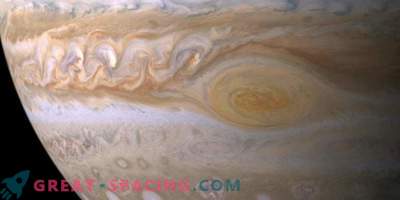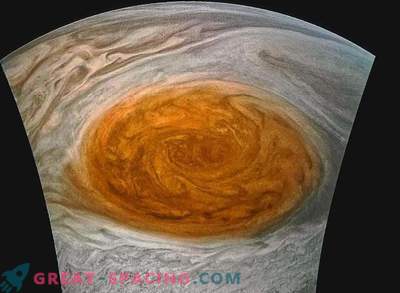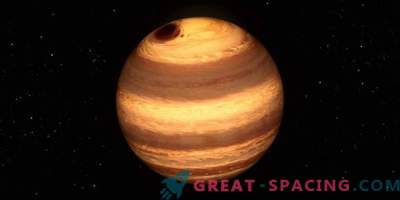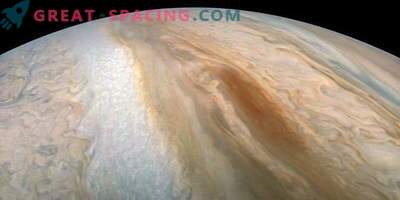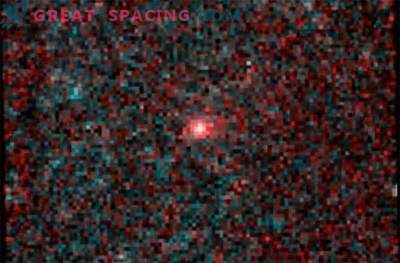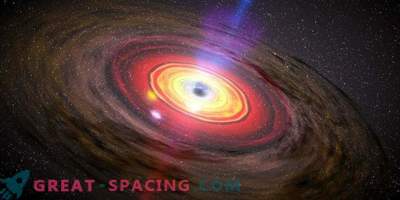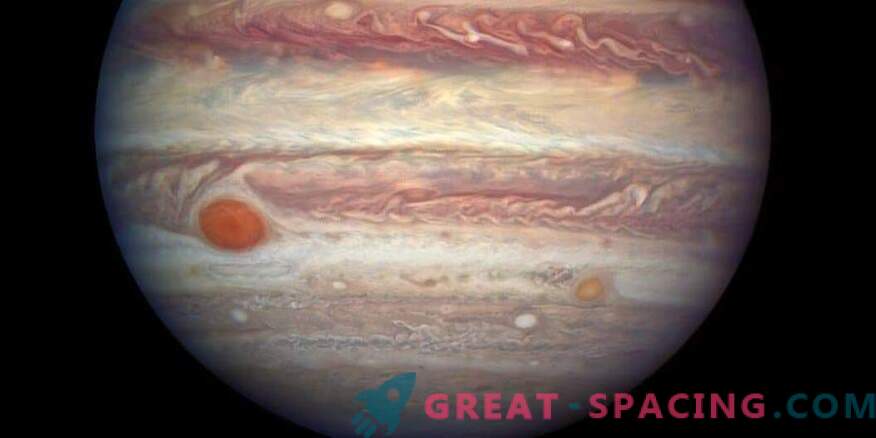
This is a snapshot of Jupiter, taken by the NASA Hubble Space Telescope at a distance of 415 million miles.
NASA's James Webb Space Telescope is the most ambitious and complex space observatory. She uses her unique infrared capabilities to explore Jupiter's Great Red Spot, allowing her to view the mysterious storm.
The famous storm of Jupiter is listed in the list of goals of James Webb. One of the scientific tasks of the instrument is the study of the planets, including their mysterious formations, both in our system and abroad. The infrared sensitivity of the telescope is an excellent addition to research on long-wave spots. The Hubble images showed surprising changes in the size of the formation over the long years of observation.
It is planned to use the average IR-technology MIRI to create multispectral maps of the Great Red Spot and to analyze its thermal, chemical and cloud structures. Researchers will have the opportunity to observe the infrared wavelengths that can understand the color of the spot. It is often attributed to the UV radiation of the Sun that comes in contact with nitrogen, sulfur, and phosphorus-containing chemicals, rising from the deeper atmosphere of Jupiter.
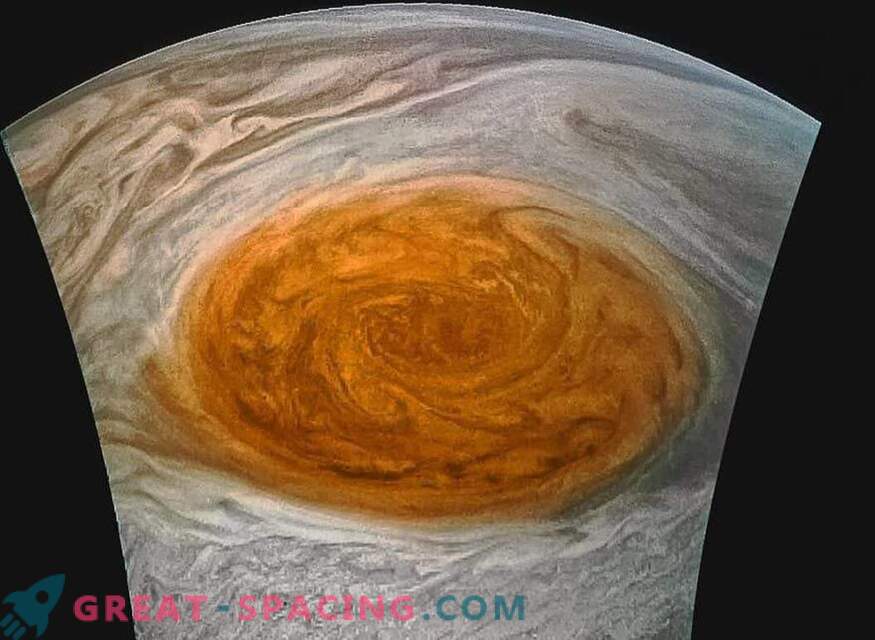
Snapshot of the Great Red Spot in true color, created using data from the JunoCam camera on Juno's spacecraft Using MIRI for observation in the range of 5-7 micrometers can be important, since no other mission could observe the planet in that part of the electromagnetic spectrum. Moreover, such observations cannot be made from the Earth. These waves of light allow you to see the unique chemical byproducts of the storm, giving an idea of the composition.
Observations of James Webb will also help to understand whether the Great Red Spot generates heat and releases Jupiter into the upper atmosphere. This would explain the high temperatures in this region. A recent study by NASA has shown that colliding gravitational and sound waves created by the storm are capable of generating the observed heat.
The storm has been watched since 1830, but it is believed that it has existed for more than 350 years. The cause of longevity is still a mystery. Spot sizes are gradually reduced, so you have to rely not on the original parameters, but on existing ones. Observations will show the vertical structure of the storm, which will become an important constraint for the numerical simulation of Jupiter's meteorology.




